Social Media Collisions: Facebook, SteemIt, OpenBazaar and Money... by drwasho

Hello again, it's drwasho from OpenBazaar. Thanks for the warm welcome yesterday!
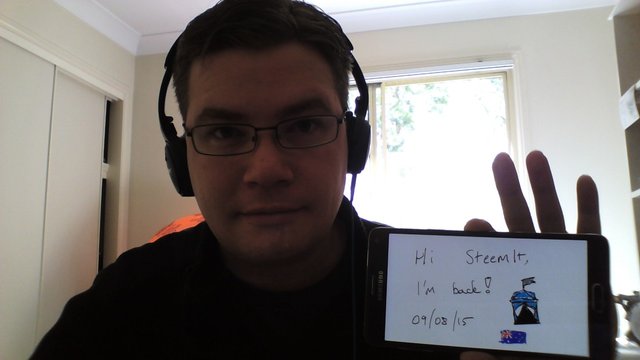
Today I'd like to to talk about a concept called social collisions and their role in building network effects by adding value and loyalty to platforms.
I don't claim any of the following analysis to be groundbreaking or revolutionary, as I think they're pretty self-evident once you think the process through. Please post in the comments if you have anything to add to this analysis, or if you know of any resources that take a deeper dive into this topic.

Social collisions are essentially social interactions that take place between users on a platform. This platform can be centralized or decentralized... it doesn't really matter. To be more precise, social collisions are reciprocal interactions that take place on social media between: 1) a content creator and consumer, or 2) peers.

Social collisions add value to a channel or platform because it becomes a source of future predicted social capital. Social capital can take on the form of likes, heart, comments, retweets, views, shares etc. While seemingly trivial or esoteric, social capital has a massive influence on most of us; we live in its shadow on a day-to-day basis... but I don't need to tell you if you're reading this!
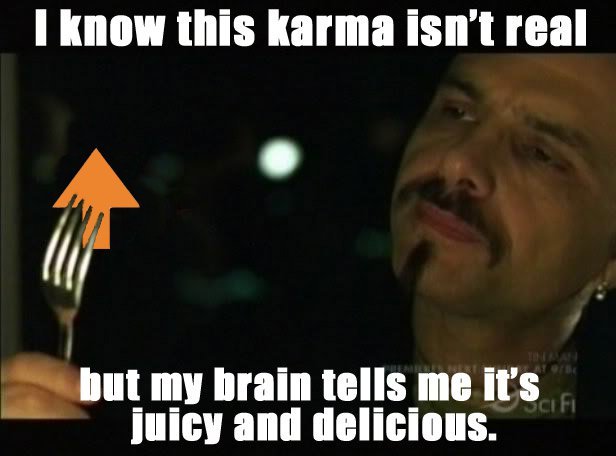
A social collision rewards peers for investing their time onto the platform; a validation that their opinion, time, or participation was meaningful to someone else. It strikes at the core of our desire to be valued by our peers. This can be a validation of our character, appearance, beliefs, or ideas. Whatever it is, if a platform can become a regular source of that validation, from peers that mean something to us because they share our values or have our respect, a powerful connection is formed that matures into loyalty.
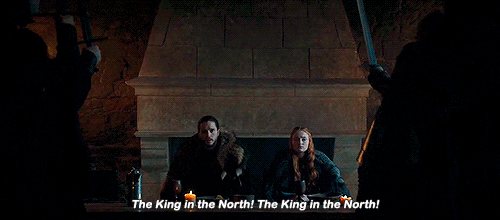
This is where network effects can be understood in context:
In economics and business, a network effect (also called network externality or demand-side economies of scale) is the effect that one user of a good or service has on the value of that product to other people.
User-generated content published on a platform that attracts social collisions from consumers adds value to both sides on a personal level, and increases the utility of the platform in their eyes as a source of future validation and discovery. This is the heart of a network effect.
Let's take a look at some examples.
Individuals can create two major types of user-generated content:
- Posts (status updates, photos, links etc)
- Messages (direct or group message chats)
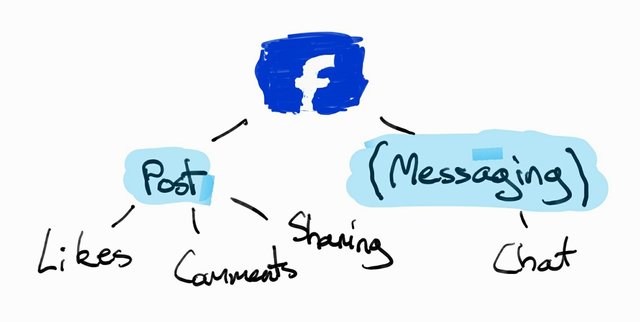
The types of social collisions that 'Posts' can receive are:
- Likes (reactions now)
- Comments
- Sharing
- Friend request
Each one of these social collisions enhances the original content and becomes original content in the News Feed of the person who liked, commented or shared the post. This feedback enhances the network effect and increases the chances of secondary social collisions from friends-of-friends.
Messaging is private and the act of responding and even seeing the message is a social collision.

User-generated content:
- Tweets
- Direct messages
Social collisions:
- Likes
- Retweets
- Replies
- Sharing
- Follow
Twitter is an interesting example where there are frequent social collisions with great feedback mechanisms, which aren't necessarily positive.

All The Rest
I made a quick table:
| Social Media Platform | User-Generated Content | Social Collisions |
|---|---|---|
| Posting {images, video}, Stories, DM | Follow, Views, Likes, Comments, Replies | |
| Snapchat | Snaps, Stories | Friend, Views, Screenshots, Views, Replies |
| Medium | Stories | Follow, Like/Share, Comments, Highlights, Views |
| Posting, DM | Friend, Share, Upvotes/Downvotes {karma}, Comments, Reddit Gold, Replies | |
| Imgur | Posts, DM | Upvotes, Comments, Favorites, Sharing, Views, Replies |
| Posts, DM | Follow, Pin, Add to Collection, Like, Share, Replies |
You can see pattern emerging from all of the social media platforms in the ways that users can create user-generated content and opportunities for social collisions. Some platforms are masterful in the way that social collisions feedback into discovery as pseudo-original content (transparency).

Other platforms break all the rules, like Snapchat, which has terrible discovery, terrible transparency, and an unintuitive UI/UX. And yet, the value of the social collisions that occur on the platform are highly valued between users, enjoying a high signal-to-noise ratio that platforms envy.
SteemIt, Yours, and the Future of Decentralized Social Media
SteemIt and Yours are attempting to do the technically and legally near impossible since the advent of social media, which is to create financial social collisions.

SteemIt user generated content:
- Posts
SteemIt social collisions:
- Upvotes
- Comments
- Sharing
- Token transfer
- Follow
Each one of these social collisions are associated with the transfer of a Steem platform token (Steem, Steem Power [predominantly], Steem Dollars). On top of the underlying psychological validation that we're accustomed to, SteemIt social collisions are backed by some market value.
One cannot underestimate the effect of seeing user-generated content valued in dollars.
The robustness of the market value current attributed to user-generated content on Steem needs to be explored further, and may be the topic of a future article.
Yours is still in the works and I might do a follow-up analysis when they're released, since they exclusively focusing on Bitcoin.
Lessons for OpenBazaar
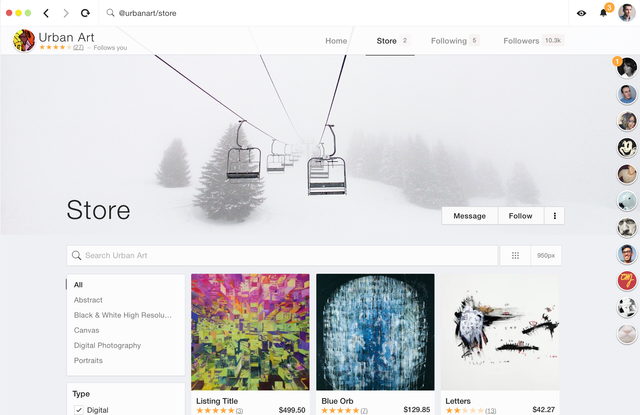
OpenBazaar is what I do, so this topic has weighed heavily on my mind since the beginning of the project. E-commerce will always be the center of gravity for OpenBazaar, but social collisions are critical for catalyzing its network effect.
Currently, user-generated content in OpenBazaar looks like this:
- Listings
- Chat
This results in the following collisions:
- Purchases
- Reviews
- Replies (chat)
- Follow
Now this is all that is necessary for OpenBazaar to function as a marketplace. However, I see OpenBazaar as a platform for users to create and monetize all sorts of user-generated content. This includes goods and services as the core service of the marketplace, but also other forms of media such as text/image posts and broadcasts.
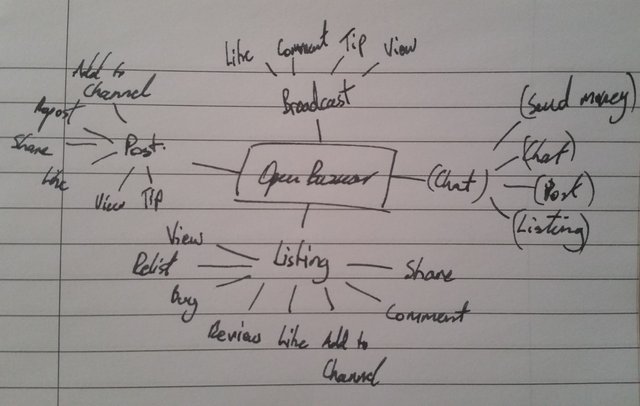
(+1 if you can understand my handwriting!)
The reason for this is not to compete with Facebook or Twitter etc. Rather, it is to promote:
- Vendors engaging with their customers and followers, promoting their goods and services as well as building their brand
- Curation of content for niche categories
- Influencers and affiliate marketing
Ultimately social collisions on OpenBazaar should drive sales for Vendors, build brand loyalty, and provide validation to users that they're a part of something special and revolutionary.
Wow, that was a big post! If you're still reading, I hope you enjoyed it!
PS Found this while searching for the gifs for this post and thought you might like it:

Bitcoin vs Bankster
Steemit vs Fecesbook
Openbazaar vs Ebay
Bitsquare vs Coinbase
The future is brighter than ever!
Decentralize all the things :D
@drwasho This is just what OB needs, massive customer base, and just what Steemit needs a functional decentralized marketplace of goods and services. A+++
Some seriously insightful thoughts in there +1 and shared.
I made a post about steem vision and the importance to merge different aspects of online activities into one single entity. You are right when you say that social collisions allow for better network effect, I think the more diversified a platform can be the broader audience will be.
read my post here if you want https://steemit.com/steem/@snowflake/steem-vision-short-introduction
peace
Let's make a social collision happen between OpenBazaar and Steemit.
SteemBazaar...buy and sell anything with your hard earned Steem Dollars, even rare GOT presidential memes!
It also needs to be accessible. Having to download and run something on some VM somewhere is a big fat barrier to entry. Having one website everyone knows is a centralized target. SOLVE!
Nice post. Couple things, minor points. I would call this 'social exchange' not 'collision'. And likes, follows, RTs, etc. play a signalling role that is analogous to prices in markets. This way, social media dynamics (including monetised mechanisms such as Steemit) can be explicated through the Austro-Virginian political economy lens, which is useful, I think.
https://mesosoup.com/2015/10/25/constellaxy-the-spontaneous-order-of-social-media/
steemit need live video
i enjoyed some of the ideas thrown around in this post, good job
People often forget that the more something networks the more productive it is. The effects are exponential